Low entry cost future classic cars available on the market.
Classic cars are popular alternative investment assets in the last few decades, it has performed consistently and strongly. While classic cars have been one of the best asset class over the past 10 years – beating art, wine, watches. Classic car collecting has become more than just a hobby and some investors are sitting on top of bumper returns. There is no set definition of what makes a car a classic, but often it will be a vehicle that is rare or that have become iconic or is admired for its design or engineering. Classic car investment is a demand-driven market and there is always a risk that your model could go out of fashion. Crucially, you need to know what model to buy… here is our pick of cheap classic cars that could go up in value (in random order), remember there’s no guarantee these cars will go up in value, as this is not financial advice.
BMW Z4 Cabrio/Coupe
The first-generation BMW Z4 was known as the E85 in roadster form and E86 in coupé form. The Z4’s design addressed many criticisms of the preceding Z3, and was larger and featured a significantly stiffer chassis. The Z4 was initially only available as a roadster, but a coupé version was officially launched in 2006. The last model rolled off the assembly line on 27 August 2008 at the Spartanburg plant. It may be the M version, 3.2-liter engine that captivates most, but the humble Si also deserves some attention. Even without the M package, the combination of the classic long-bonnet looks and the sweet, naturally aspirated engine note is still relevant today. BMW Z4 is another victim of vicious depreciation, these Chris Bangle designed machines can be acquired very reasonably priced.
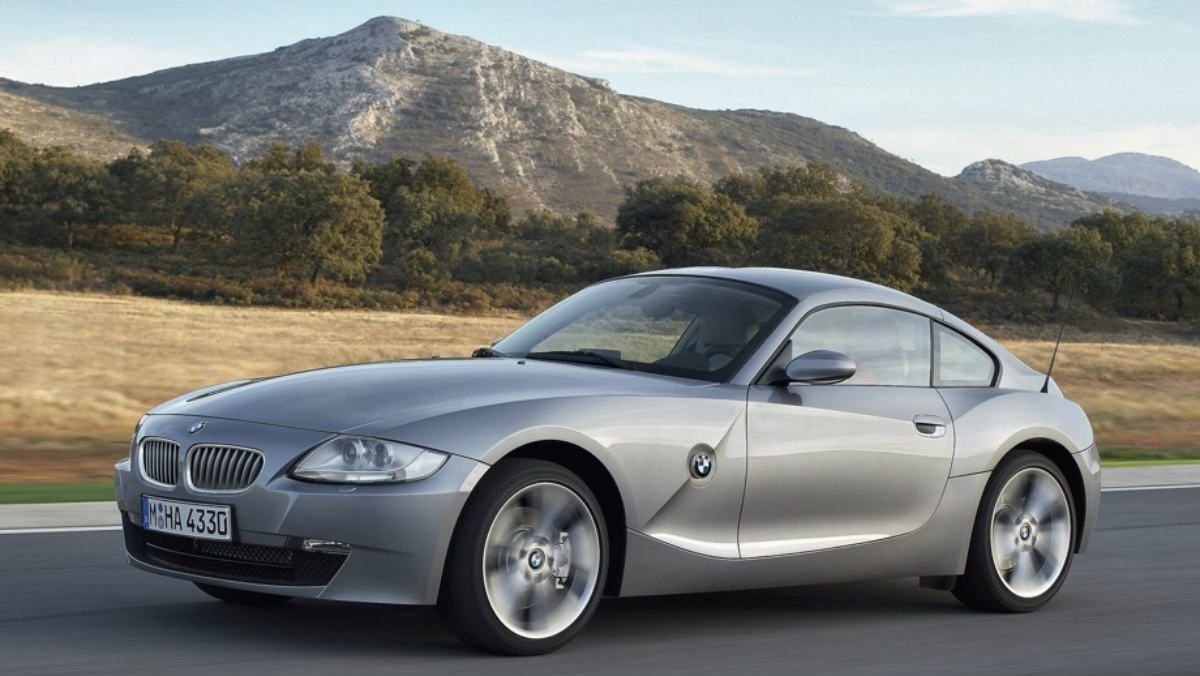
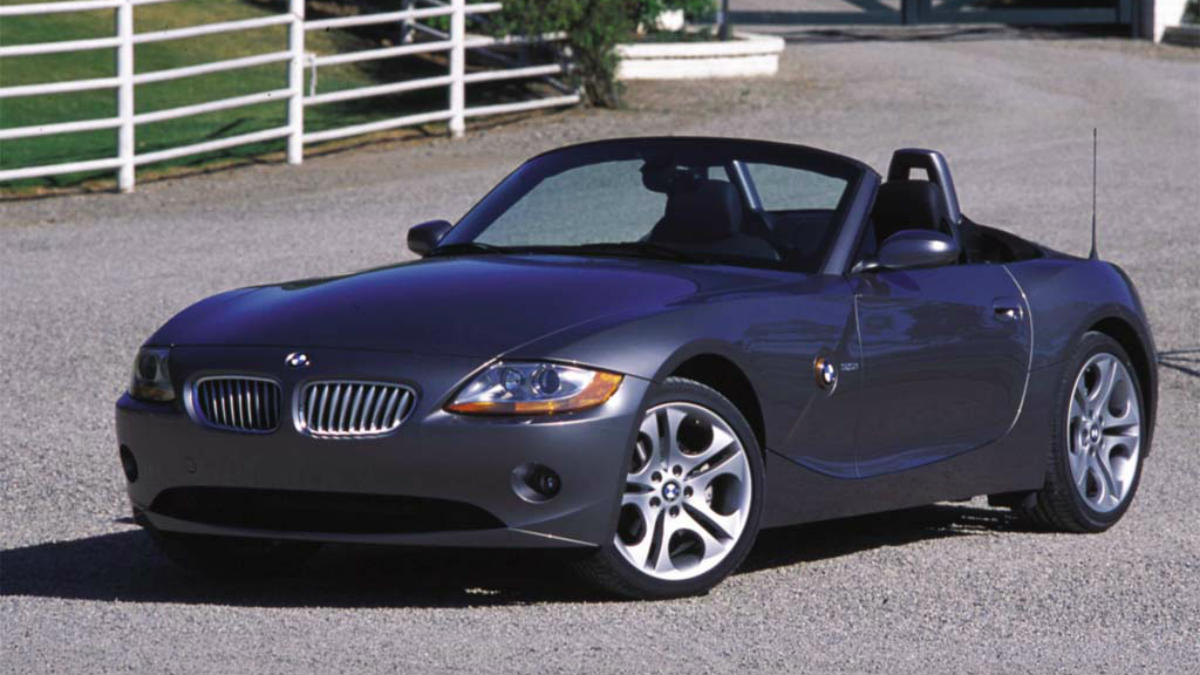
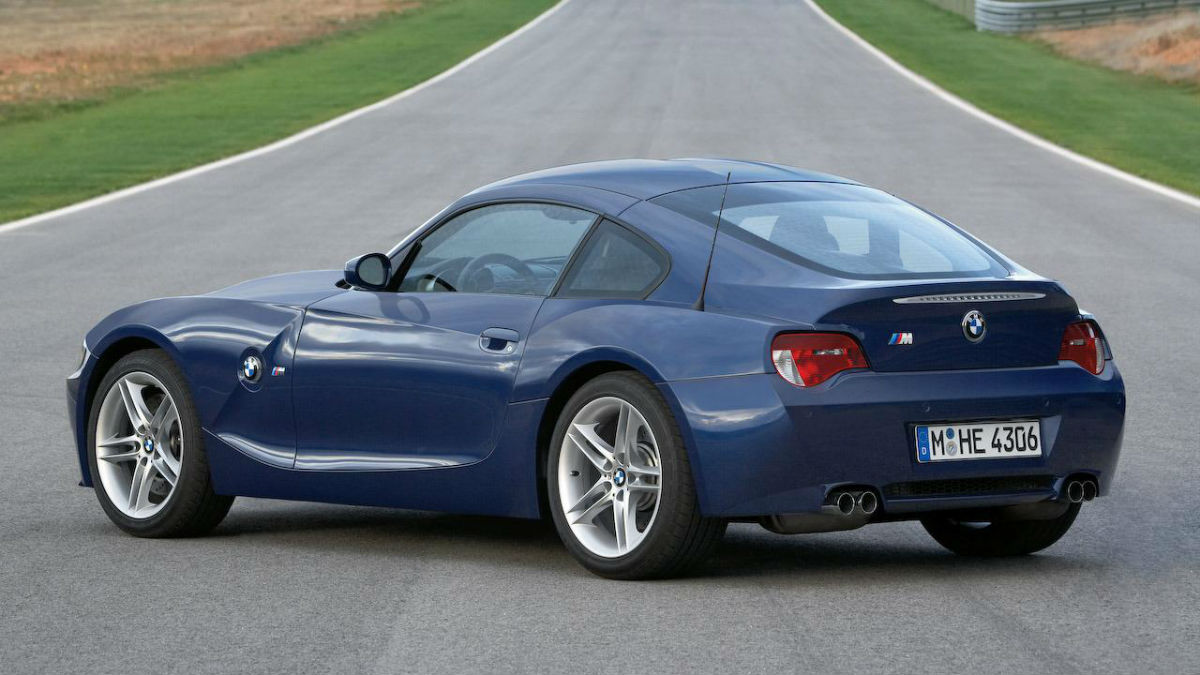
Fiat Coupe
The Fiat Coupé, internally designated as the type 175, was a two-door, four-seat coupé manufactured and marketed by Fiat between 1993 and 2000 across a single generation. The Coupé was introduced at Brussels Motor Show in 1993 and is noted for its distinctive, angular exterior design by Chris Bangle at Centro Stile Fiat. Its interior was designed by Pininfarina. Good looks, a punchy turbocharged engine, and sharp handling that had many a motoring people reaching for the wallet when it was first launched, Fiat Coupe is aging well. In fact, it doesn’t look like a 25-year-old car at all. The first-generation Coupes had Lancia Delta Integrale engines, the later 20-valve cars were fundamentally much better, don’t necessarily buy on mileage, but rather condition. In years to come, we’ll view this compact coupe as a full-on design classic. Prices for these are all over the place, so it’s a buyer’s market. And thanks to innovations from marque specialists, the ruinous running costs that blighted these cars back in the day no longer apply.


Ford Capri
The Ford Capri is a fastback coupé built between 1968 and 1986, designed by American Philip T. Clark, who was also involved in the design of the Ford Mustang. It used the mechanical components from the Mk2 Ford Cortina and was intended as the European equivalent of the Ford Mustang. The Capri went on to be a highly successful car for Ford, selling nearly 1.9 million units in its lifetime. A wide variety of engines was used in the Capri throughout its production lifespan, which included the Essex and Cologne V6 at the top of the range, whilst the Kent straight-four and Taunus V4 engines were used in lower specification models. Ford’s Evergreen Coupe was “the car you always promised yourself” but not long after its 18-year production run came to an end, the car gained an unfair reputation of poor man’s Aston Martin. The car has now shaken its dubious reputation and values are increasing rapidly. The Mk1 RS3100 or Mk3 280 will set you back big bucks now but opt for a 2.8i or a 4 pot and prices are still in the attainable bracket (for now, at least).

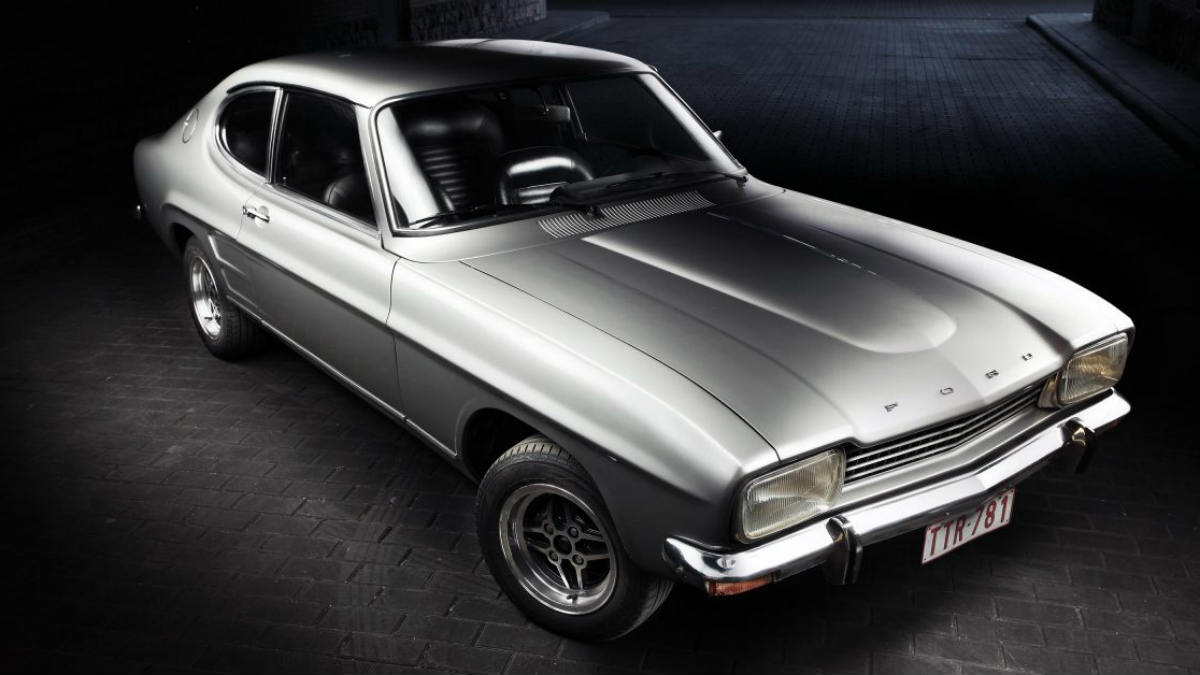

Ford Sierra XR4x4i
The Ford Sierra is a mid-size car or large family car that was built from 1982 to 1993. It was designed by Uwe Bahnsen, Robert Lutz, and Patrick le Quément. The code used during development was “Project Toni”. Its name came from the Spanish word for the mountain range. The Ford Sierra was first unveiled on 22 September 1982 at the British International Motor Show hosted at the NEC in Birmingham replacing the Ford Cortina. Its aerodynamic styling was ahead of its time and as such, many conservative buyers (including company car drivers) did not take fondly to Cortina’s replacement. It wasn’t that long ago that you couldn’t drive a mile down the road without passing a Sierra, but things have rapidly changed and they’re now a rare sight. Somewhat of a shock to the British public on its launch, due to its futuristic aerodynamic styling, it took the Sierra a bit of time to catch on, helped in no small part by the Whale Tail-clad Cosworth Turbo. But, Sierra sales increased and total domination of touring car racing helped the car become a classic in the waiting. The XR4x4i was the more attainable performance Ford for the masses. RS500 Cosworth prices are astronomical and with the sapphire models increasing heavily, the more humble family version is starting to gain attention.



Jaguar XJ-S/XJS
The Jaguar XJ-S (later called XJS) is a luxury grand tourer manufactured and marketed by Jaguar Cars from 1975 to 1996, in coupé, fixed-profile and full convertible body styles. There were three distinct iterations, with a final production total of 115,413 units over 20 years and seven months. Originally developed using the platform of the then-current William Heynes designed XJ saloon, the XJ-S was noted for its prominent rear flying buttresses. The early styling was partially by Jaguar’s aerodynamicist Malcolm Sayer — one of the first designers to apply advanced aero principles to cars. Sayer died just before the XJ-S body styling was frozen for production. In its final iteration produced from 1991 to 1996, it was manufactured after Jaguar was acquired by Ford, who introduced numerous modifications — and eliminated the hyphen in the name, marketing Jaguar’s longest-running model simply as the XJS. Aging impressively, the Big Cat renaissance is in full force, with demand consistently rising for these capable grand tourers — their opulent interior, capacious boot, and rakish style is no longer going unnoticed. Of course, the V12 is the engine to go for, preferably a pre-HE (high efficiency) model, with the smooth power delivery and effortless torque more than making up for the time spent in the petrol station.
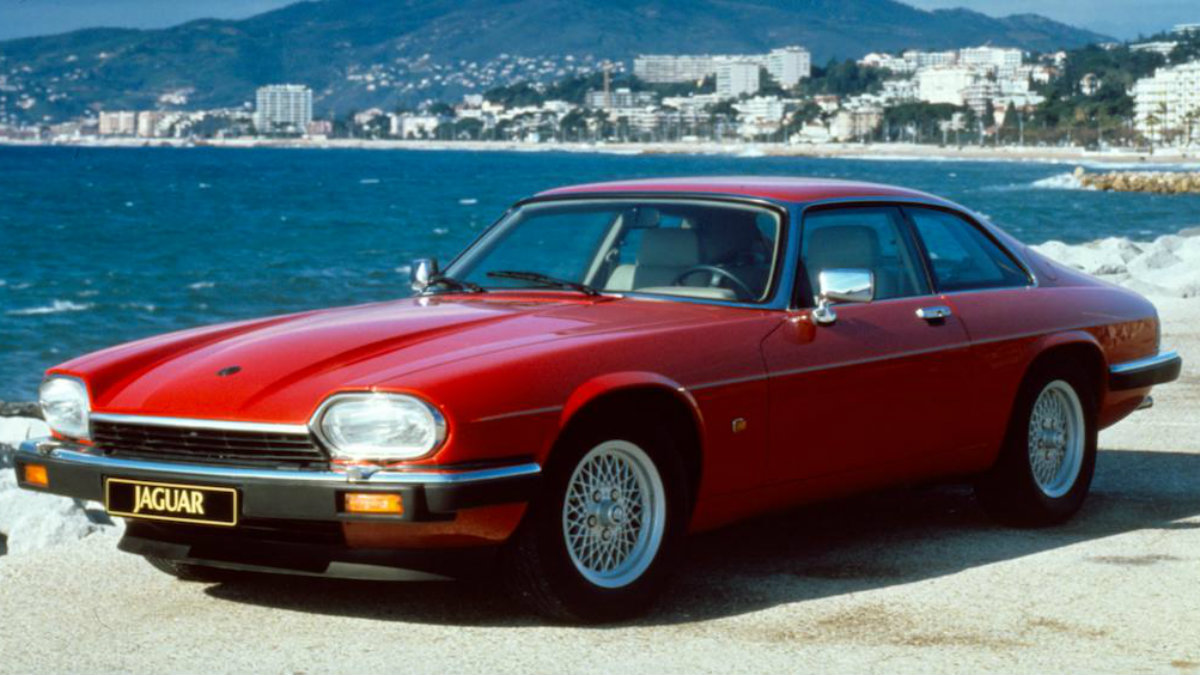
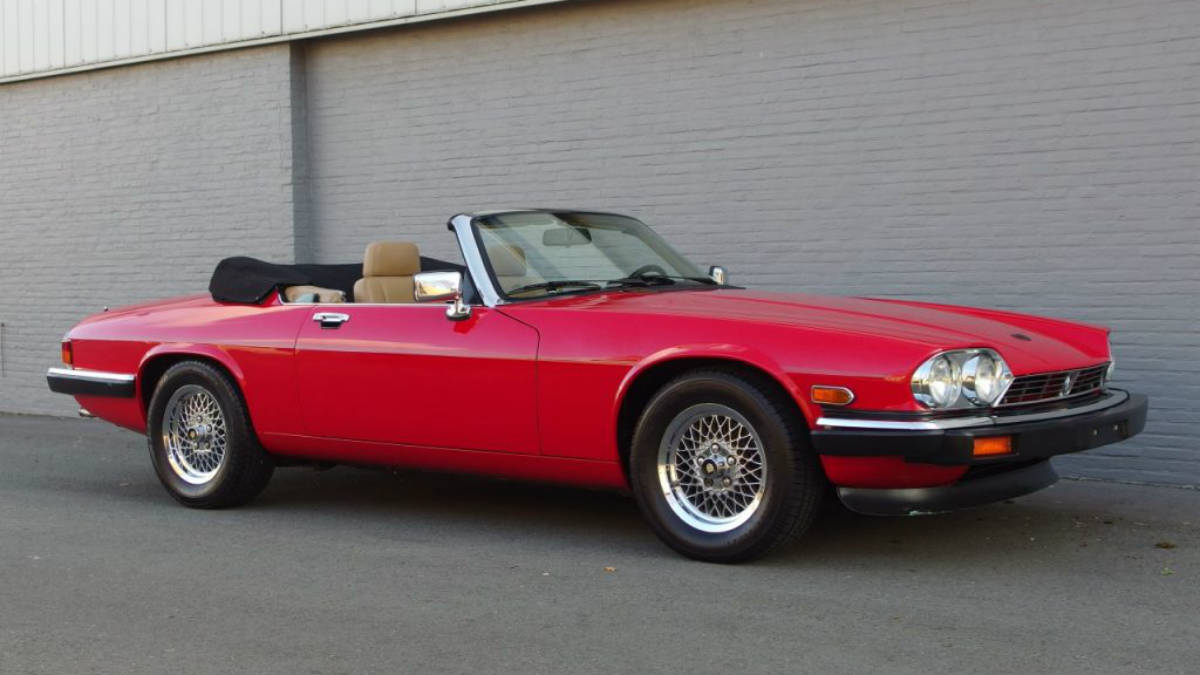


Jaguar XJ Series 3
OK, this one is not for the faint-hearted. They can be picked up at bargain-basement prices but be warned, restoration and maintenance costs are high. Opt for the V12 engined XJ12 for a great class to money ratio. In April 1979, the XJ received a facelift and was known as the “Series III.” Using the long-wheelbase version of the car, the XJ incorporated a subtle redesign by Pininfarina. Externally, the most obvious changes over the Series II were the thicker and more incorporated rubber bumpers with decorative chrome only on the top edge, flush door handles for increased safety, a one-piece front door glass without a separate 1/4 light, a grille with only vertical vanes, reverse lights moved from the boot plinth to the larger rear light clusters and a revised roofline with narrower door frames and increased glass area. There were three engine variants, including the 5.3 L V12, the 4.2 L straight-six and 3.4 L straight-six. The larger six-cylinder, and V12 models incorporated Bosch fuel injection (made under license by Lucas) while the smaller six-cylinder was carbureted. The smaller 3.4 L six-cylinder engine was never offered in the US, and the V12 was no longer offered thereafter in 1980. The short-wheelbase saloon and coupé had been dropped during the final years of the Series II XJ. The introduction of the Series III model also saw the option of a sunroof and cruise control for the first time on an XJ model.



Mazda MX5
The MX-5 is a lightweight two-passenger roadster manufactured and marketed by Mazda with a front mid-engine, rear-wheel-drive layout. The convertible is marketed as the Mazda Roadster or Eunos Roadster in Japan, and as the Mazda MX-5 Miata in North America, where it is widely known as the Miata. Manufactured at Mazda’s Hiroshima plant, the MX-5 debuted in 1989 at the Chicago Auto Show and was conceived and executed under a tightly focused design credo, Jinba Ittai, meaning “oneness of horse and rider”. Widely noted for its small, light, technologically modern, dynamically balanced and minimally complex design, the MX-5 is the spiritual successor to 1950s and ’60s Italian and British sports cars, prominently the Lotus Elan. Is this a classic yet? If we base the answer on the success of the car, its impact on a generation and its driver appeal then yes, very much so. Have prices shown it’s actually broken through though? Not yet, owning to the sheer numbers that were produced. Many are now in a poor state so numbers will dwindle, so any doubt of its classic pedigree will soon be answered.

Mazda RX-7
The RX-7 is a front/mid-engine, rear-wheel-drive, a rotary engine-powered sports car that was manufactured and marketed by Mazda from 1978 to 2002 across three generations, all of which made use of a compact, lightweight Wankel rotary engine. The first generation of the RX-7, SA, and FB, was a two-seater coupé. It featured a 12A carbureted rotary engine as well as the option for a 13B with electronic fuel injection in later years. In Japan, it was introduced in March 1978, replacing the Savanna RX-3, and joined Mazda’s only other remaining rotary engine-powered products, called the Cosmo which was a two-door luxury coupé, and the Luce luxury sedan. The lead designer at Mazda was Matasaburo Maeda, whose son, Ikuo, would go on to design the Mazda2 and the RX-7’s successor, the RX-8. The transition of the Savanna to a sports car appearance reflected products from other Japanese manufacturers. The advantage the RX-7 had was its minimal size and weight, and the compact rotary engine installed behind the front axle, which helped balance the front and rear weight distribution, and provide a low center of gravity. With its groundbreaking rotary engine and clean, sleek lines the RX-7 was a unique alternative in the early 80s. Find a well-maintained example with lots of history and the long term returns will be good.
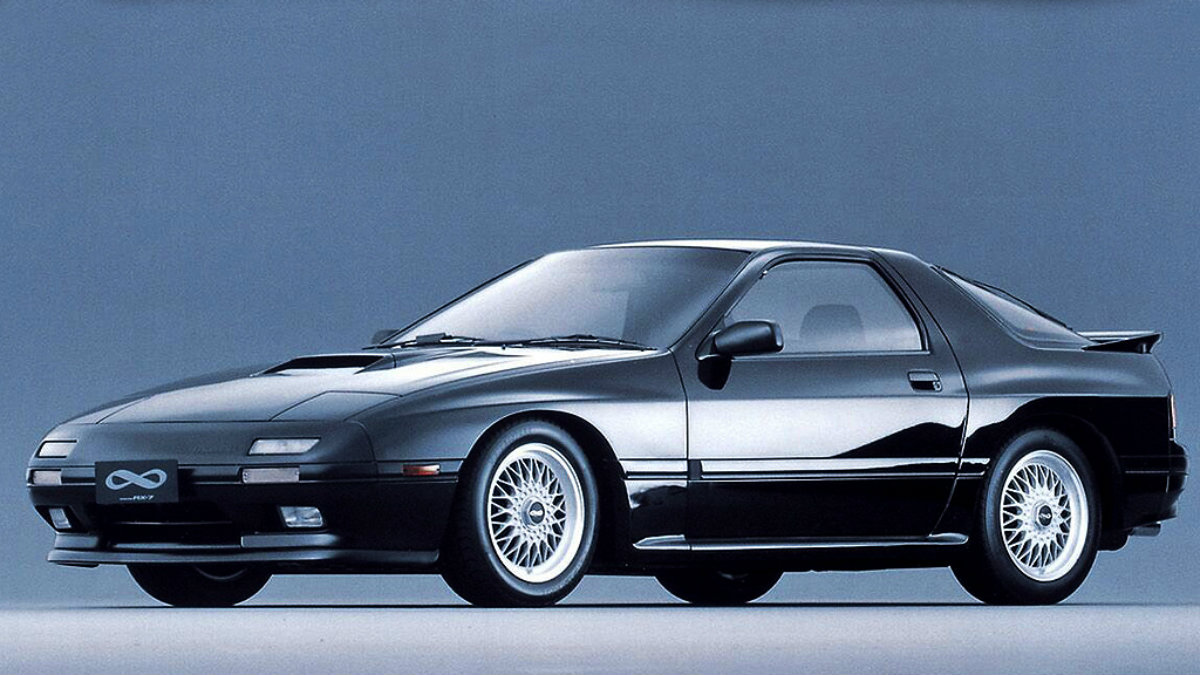
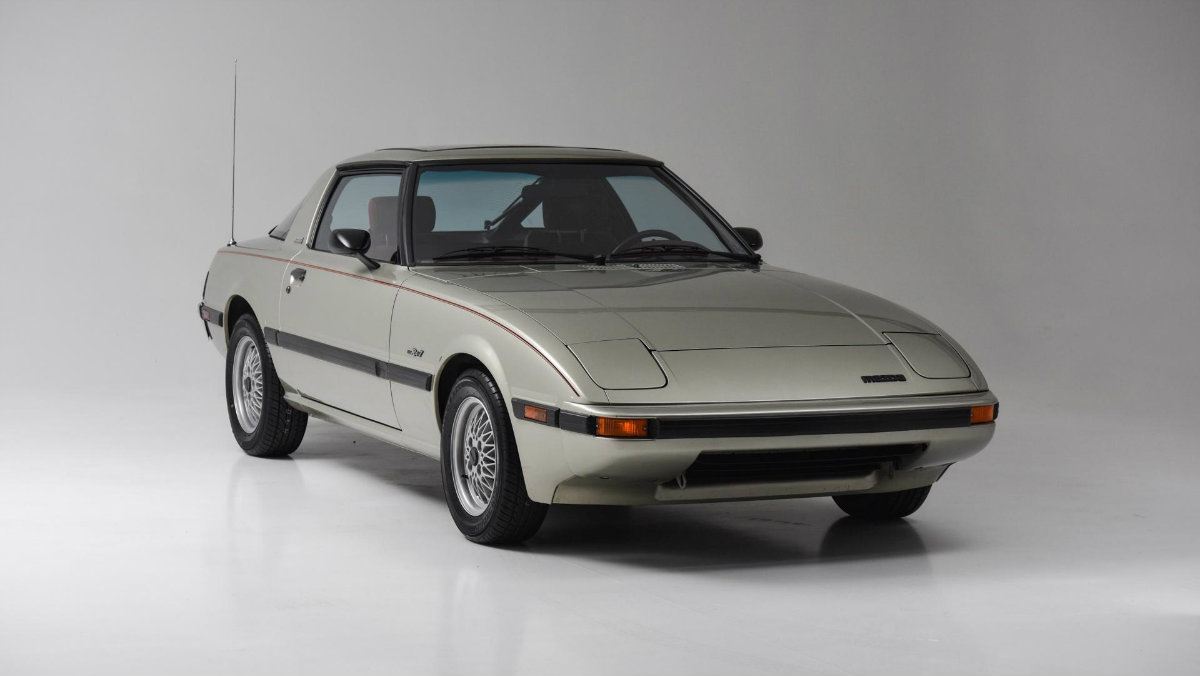
Mercedes Benz CE (W123)
The W123 is a range of executive cars produced by Mercedes-Benz from November 1975 to January 1986. The W123 models surpassed their predecessor, the Mercedes-Benz W114 models, as the most successful Mercedes, selling 2.7 million units before the production ended. In the spring of 1976, a coupé version was introduced on a shortened wheelbase, 2,710 mm (106.7 in). The C123 was available as 230 C (later 230 CE) and as 280 C and 280 CE in most markets. Unlike the W123 saloon, the rectangular headlamps were fitted to C123 regardless of engine type. Want a usable, bulletproof classic car? Then the W123 is the one for you, it’s hard to think why people buy new when you have such rugged reliability packaged in a classy, elegant body. With the right maintenance, this car will go on and on.

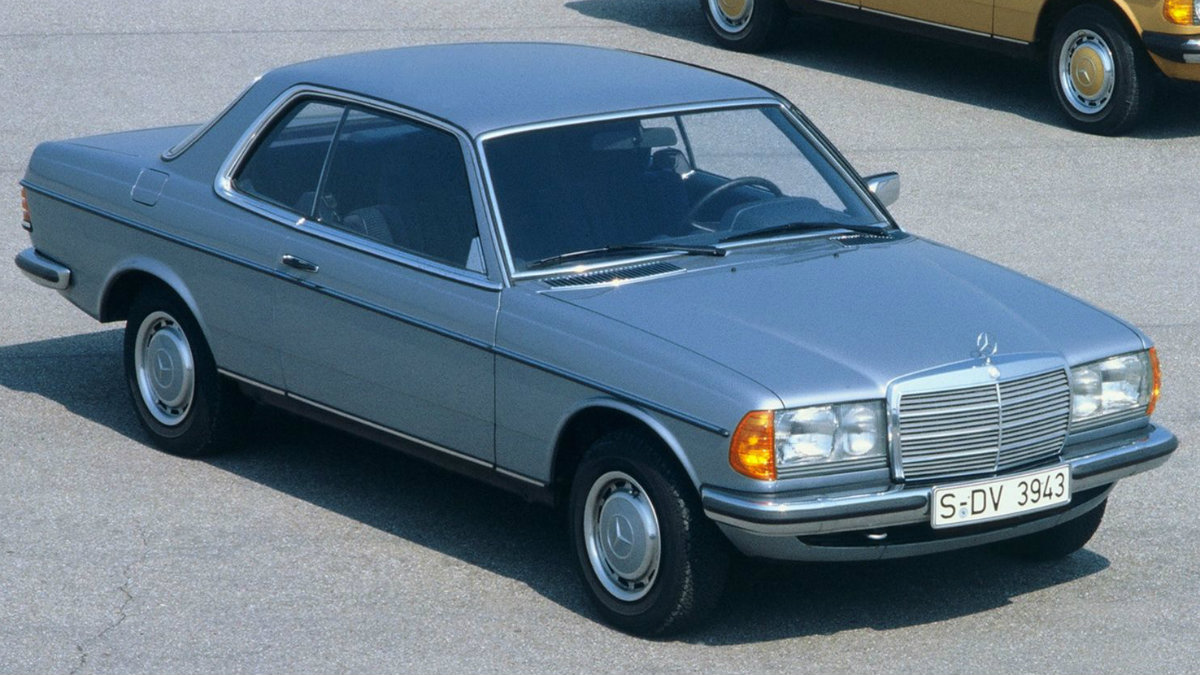
Mercedes-Benz CE (W124)
W124 is the Mercedes-Benz internal chassis-designation for the 1984/85 to 1995/96 version of the Mercedes-Benz E-Class, as well as the first generation to be officially referred to as E-Class. The W124 models replaced the W123 models after 1985 and were succeeded by the W210 E-Class after 1995. What’s left to be said about the Mercedes-Benz W124? The 300CE might not be the best all-rounder in the range, but its ample performance, combined with the W124’s usual trump cards of great build quality (rusty wings aside) and oodles of road presence, and simply beautiful looks, makes this an undeniably appealing modern classic. Thanks to plentiful specialists, and good (although sometimes expensive), parts supply, running one as your daily as eminently achievable.

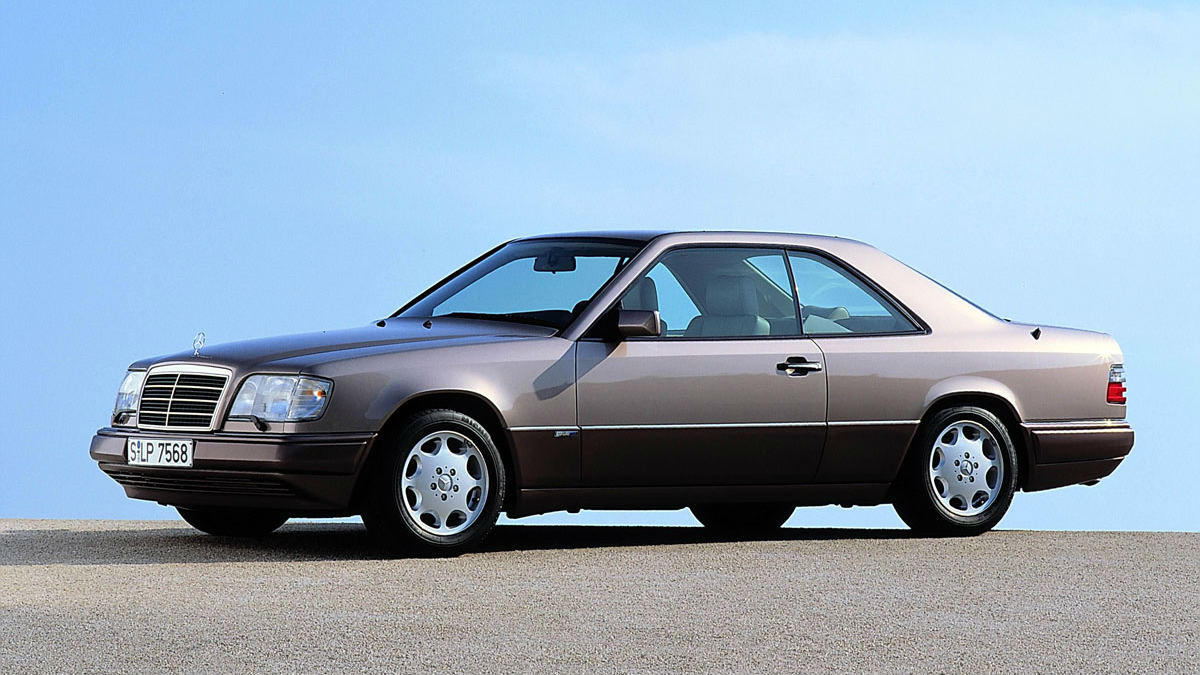
Mercedes-Benz SL R129
The R129 SL is a roadster that was produced by Mercedes-Benz from 1989 until 2001. The R129 replaced the R107 in 1989 and was in its turn replaced by the R230 SL-Class in 2002 for the 2003 model year. The R129 was produced as a two-door, two-seat roadster with an automated (electro-hydraulic), collapsible textile roof, with a shell-like, color-matched, tonneau cover. All R129s came standard with an aluminum detachable hardtop that was fitted by folding the canvas roof down and manually attaching the hardtop. While the Pagoda has been on collectors’ radars for years, and now the later R107 is gaining a following for its en vogue boxy 1970s aesthetic, the R129 still remains thoroughly affordable. Produced from 1989 to 2001, there are myriad specifications to choose from, and you needn’t own the infamous Zonda-engined SL73 AMG model to enjoy one of these rock-solid cruisers. As with all 1980s and 1990s Mercedes, the real killer is rust, so make sure to always check the wings before making any quick decisions.
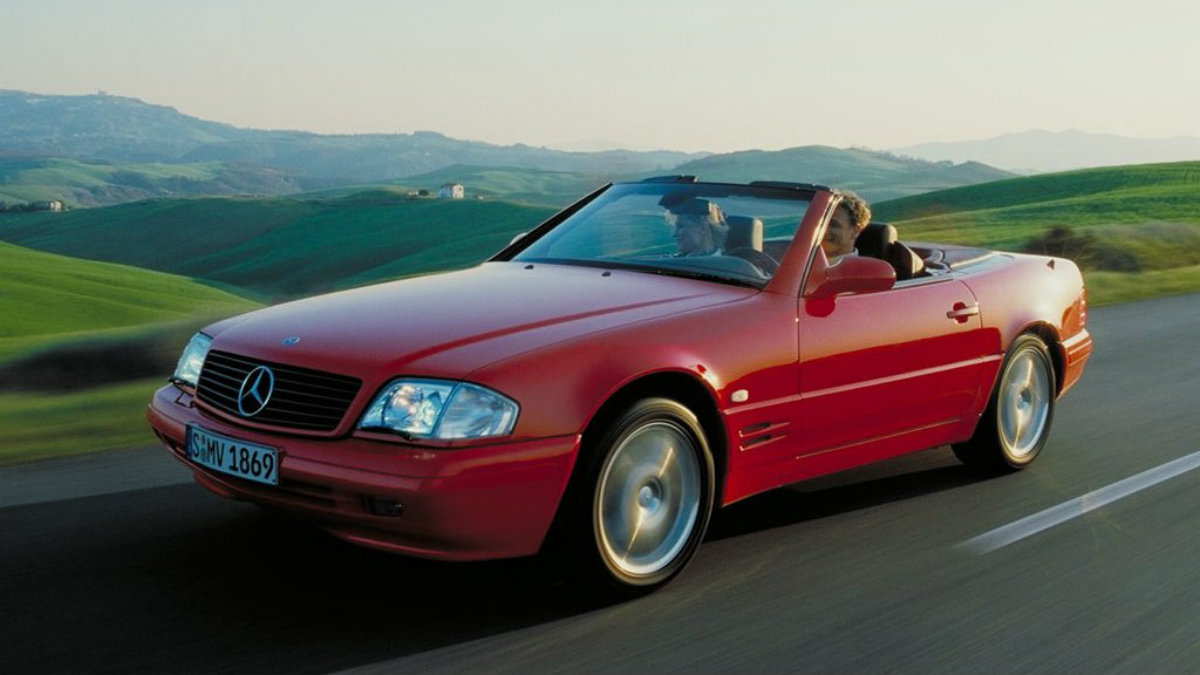

Opel Manta
The Manta is a rear-wheel-drive sports coupé built by Opel from 1970 to 1988. Again, it was a toss-up between the Opel Manta and the Ford Capri to be considered the ideal coupe you’d use on a daily basis. What really swung it for the Opel is that the Capri is rapidly moving into the value stratosphere, and most owners (of this easily stolen car) wouldn’t dream of leaving it in their workplace car park. The Opel is a fine car, with excellent handling, and sharply chiseled looks, and a truly bulletproof drivetrain, even if the body can suffer dreadfully from corrosion. A late-model in good condition is still a stunning visual proposition.
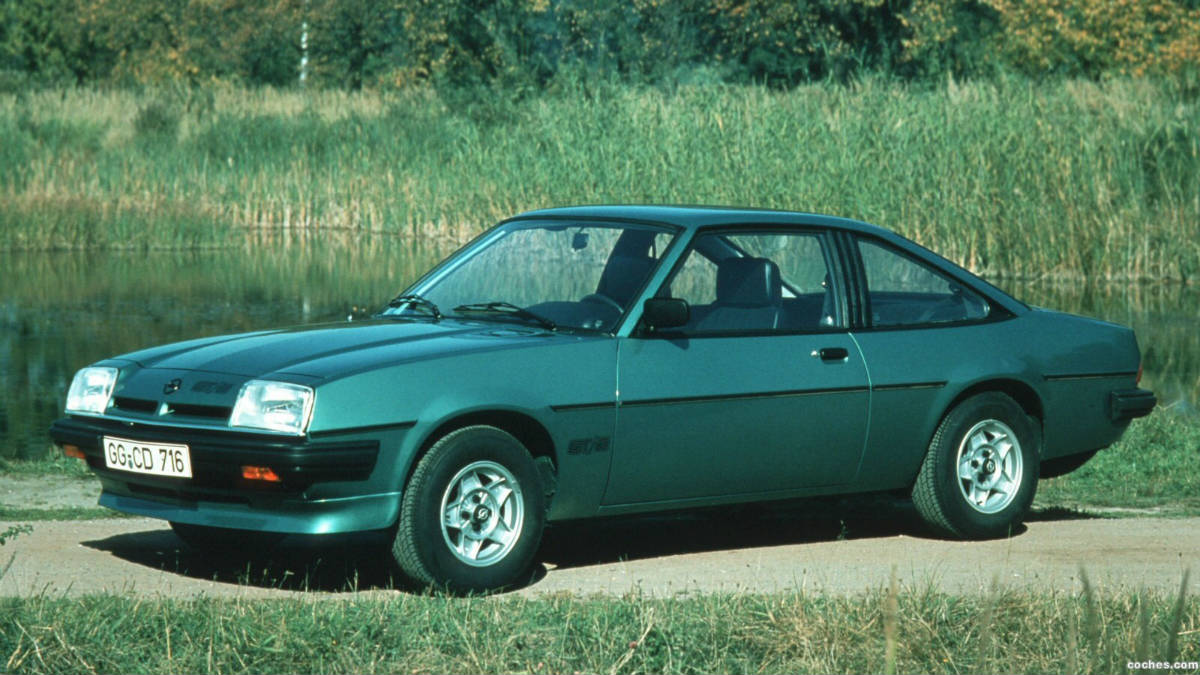
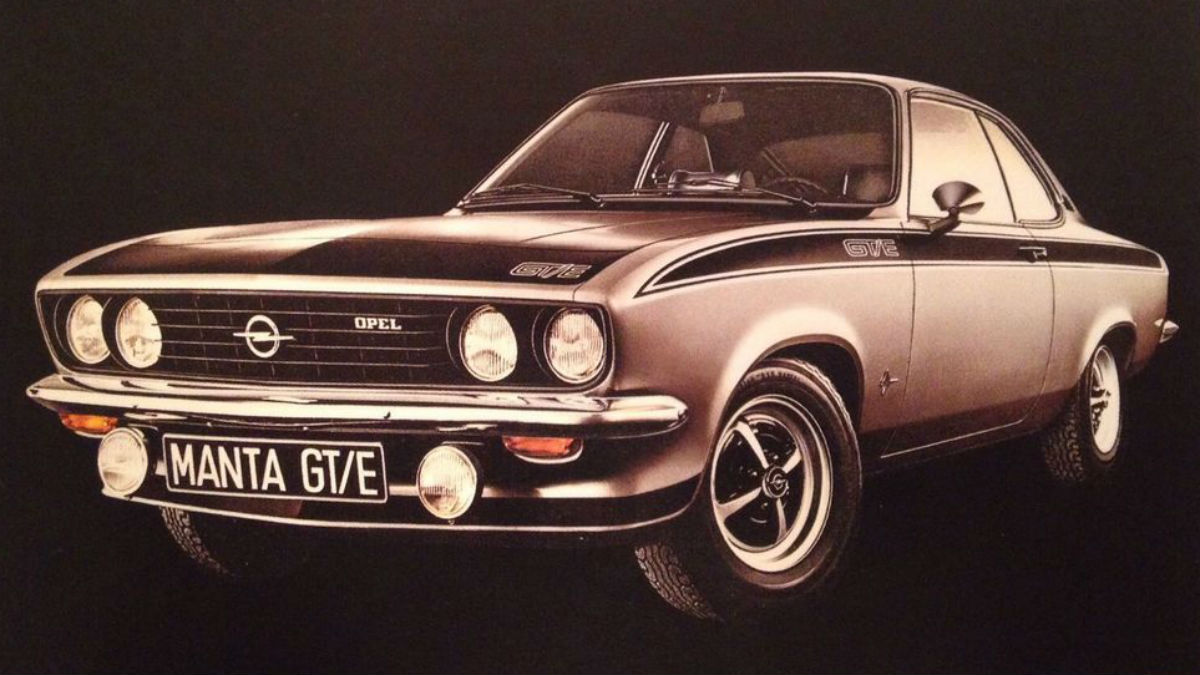
Peugeot 205 GTI
The 205 is a supermini produced by the French manufacturer Peugeot from 1983 to 1998. It was declared “car of the decade” by CAR Magazine in 1990. It also won What Car?’s Car of the Year for 1984. Despite what contemporary publications have written over the years, there were those who ranked the 205 GTI above the Volkswagen Golf GTi when launched. Unlike the Golf, even the most exemplary 205s can be acquired reasonably and are a welcome reminder of the heyday of the hot hatch, before they became bloated, automatic, and sensible. The torquey 1.9 engine is favored, but whichever you choose, be wary of terminal oversteer. Good original examples are very hard to come by and prices are already on the up, making this an ideal candidate for investment. Along with a very strong case that this could arguably be the best car Peugeot ever made.

Porsche 924
The 924 is a sports car produced by Porsche AG from 1976 to 1988. A two-door, 2+2 coupé, the 924 was intended to replace the Porsche 914 as the company’s entry-level model. Although the water-cooled, front-engined 928 Gran Turismo was designed first, the 924 was the first road-going Porsche to have a front-engine rear-wheel-drive configuration. It was also the first Porsche to be offered with a fully automatic transmission. The 924 made its public debut in November 1975. It was criticized by enthusiasts for its mediocre performance but was a sales success with just over 150,000 produced during a 1976–1988 production run, and an important profits generator for the company. The closely related 944 introduced in the U.S. market in 1983 was meant to replace the 924, but 924 productions continued through 1985, followed by a 944-engined 924S through 1988. The Porsche 924 is the stuff of legend. It was originally designed to be a VW and used a van engine, but numbers are decreasing and interest is rising, stock in the 924 is going up. Opt for the 2.5 engine car which is basically a 944 in a 924 body.
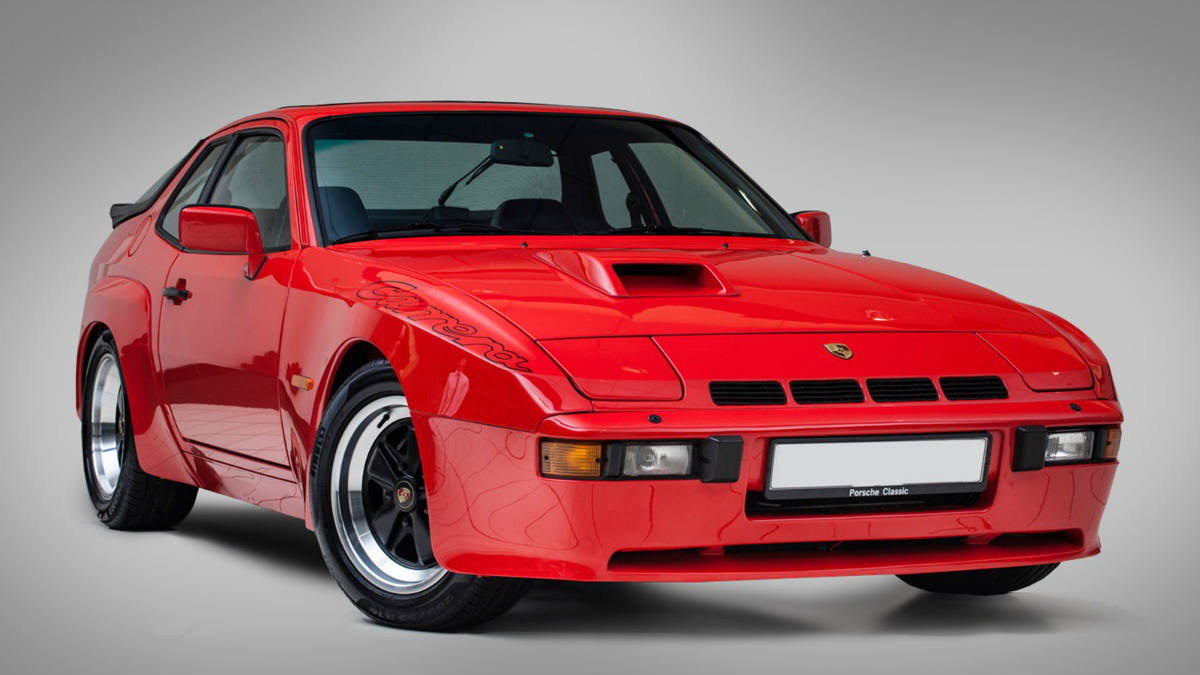

Porsche 944
The Porsche 944 is a sports car manufactured by Porsche from 1982 to 1991. A front-engine, rear-wheel drive mid-level model based on the 924 platform, the 944 was available in coupé or cabriolet body styles, with either naturally aspirated or turbocharged engines. The 944 was to continue production in the 1990s but major revisions planned for a 944 “S3” model eventually morphed into the 968, which became its replacement. Over 163,000 cars were produced in total, making it the most successful sports car in Porsche’s history until the introduction of the Boxster and 997 Carrera. The bigger brother to the 924 may not be as glamorous as the 911 but that makes it a more attainable, usable classic car. The turbo and S2 are sought after and have been for a while now so the time is right for investment.
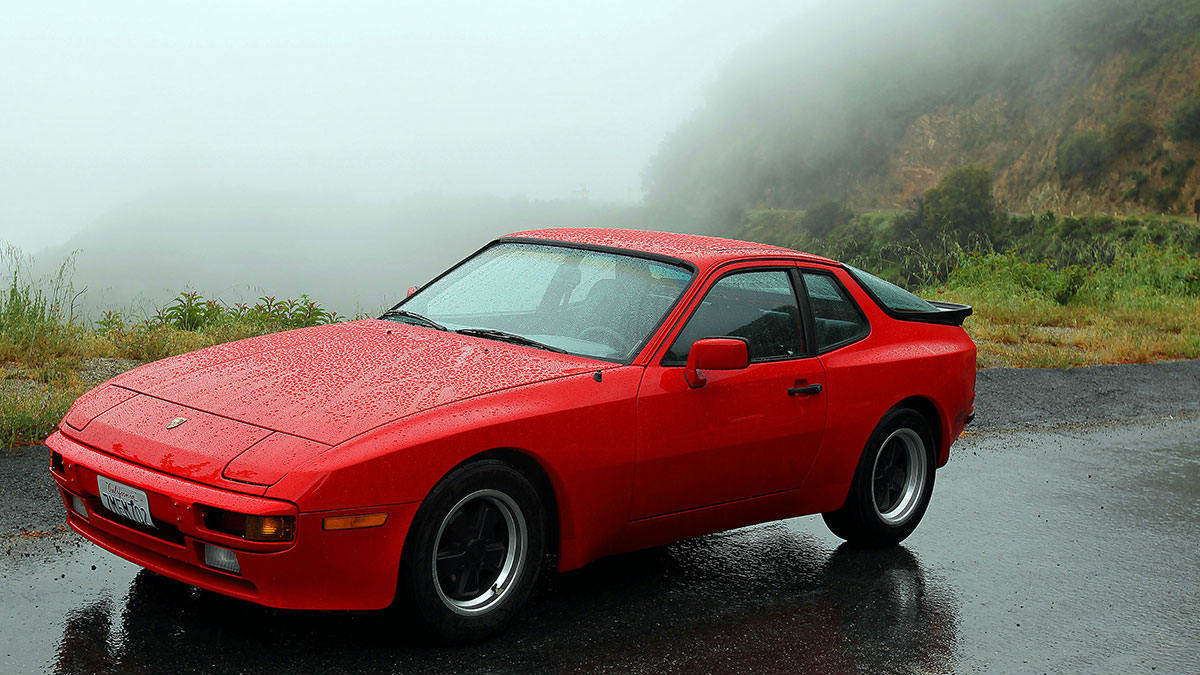

Saab 900 Turbo
The 900 is a mid-sized car produced by Saab from 1978 until 1998 in two generations. The first generation from 1978 to 1994 is known as the “classic” and the generation from 1994 to 1998 is known as the “new generation”. The “classic” Saab 900 was based on the Saab 99 chassis, though with a longer front end to meet U.S. frontal crash regulations. The 900 was produced in 2- and 4-door sedan, and 3- and 5-door hatchback configurations and, from 1986, as a cabriolet (convertible) model. There were single- and twin-Zenith carburetor, fuel-injected, and turbocharged engines, including both Full Pressure Turbo (FPT), and, in European models during the early 1990s, Low-Pressure Turbos (LPT). Turning just as many heads now as it did when new, the 900 Turbo is a truly usable 1980s icon. Engines will run to 200,000 miles, and their aviation-grade build quality has gained a small cult following. The T16 Aero model is most sought after, but any of these boxy beasts will give you your fix of turbo boost. The 900 Turbo was launched when turbocharging production cars were still very rare. It was well made, stylish and a strong performer. Now it’s taken on classic status expect prices to continue going up.

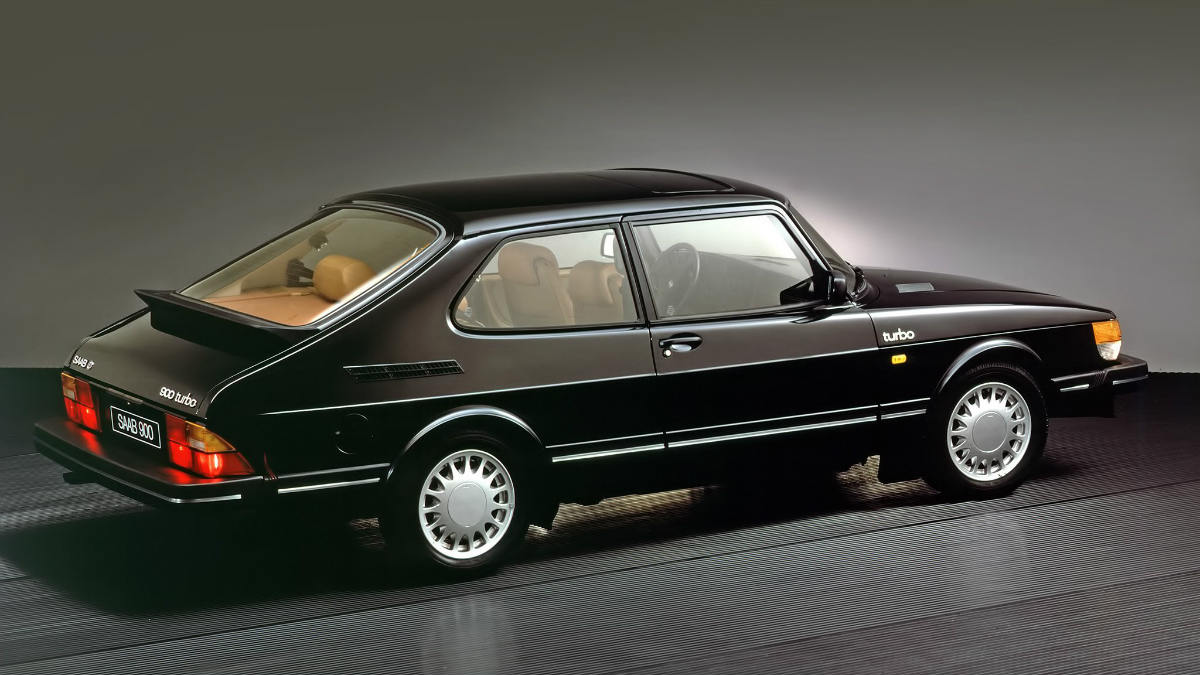
Subaru Impreza Turbo
The Subaru Impreza is a compact car that has been manufactured since 1992 by Subaru, introduced as a replacement for the Leone, with the predecessor’s EA series engines replaced by the new EJ series. Announced on 22 October 1992, the Impreza was released in Japan in November and offered in either front-wheel drive (FWD) or all-wheel drive (AWD) versions and as a four-door sedan or five-door hatchback/wagon (Touring). The car used a shortened version of the Legacy’s floor pan. In late 1995, a two-door coupe was introduced. Initial engine choices included 1.5, 1.6, 1.8, and 2.0 liter naturally aspirated engines. Subaru chose to continue its longstanding use of the boxer engine in the Impreza. According to Subaru, their configuration of the engine inline with the transmission minimizes body roll due to the lower center of gravity compared with offset engines in most other vehicles. The boxer design provides good vibration mitigation due to the principles of a balanced engine because the movement of each piston is largely countered by a piston in the opposing cylinder bank, eliminating the need for a counter-weighted rotating crankshaft (harmonic balancer), but with some vibration from offsets. Torque steer is also reduced with this type of powertrain layout since the front driveshafts are of equal length and weight. The Subaru has become something of a rally legend and had a large following in its day, but these cars are now getting thin on the ground and an original example is hard to come by which means values are increasing.

Toyota MR2 Mk1
The MR2 is a two-seat, mid-engined, rear-wheel-drive sports car manufactured by Toyota from 1984 to 2007 over three generations: W10 (1984–1989), W20 (1990–1999) and W30 (2000–2007). It is Japan’s first mid-engined production car. Conceived as a small, economical and sporty car, the MR2 employed straightforward design elements, including fully-independent MacPherson strut front and rear suspensions, four-wheel disc brakes, and a transverse-mounted inline-four engine. The name MR2 stands for either “mid-ship run-about 2-seater” or “mid-engine, rear-wheel-drive, 2-seater”. The W10 MR2 is a light, nimble and engaging little sports cars, although rot and a lack of driver talent have seen many of them fall by the wayside. A future classic, if it isn’t already.
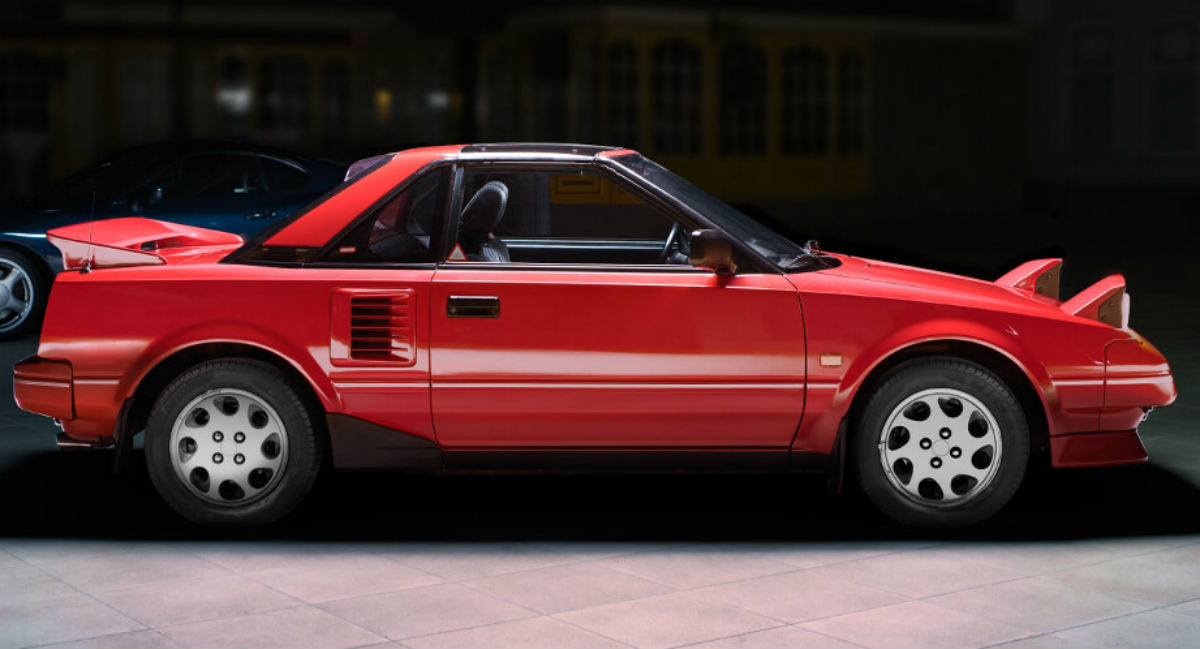

Volvo P1800
The P1800 is a 2+2, front-engine, rear-drive sports car manufactured by Volvo Cars between 1961 and 1973. Originally a coupe (1961–1972), it was altered into a shooting-brake for the duration of its production (1972-1973). Styling was by Pelle Petterson under the tutelage of Pietro Frua when Frua’s studio was a subsidiary of the prestigious Italian carrozzeria Ghia, and mechanicals derived from Volvo’s dependable Amazon/122 series. Marketed as a stylish touring car rather than a sports car, the P1800 became widely known when driven by future James Bond actor Roger Moore in the hit television series The Saint, which aired from 1962 to 1969. The gorgeous body of the P1800 looks far too elegant to be included in a list of affordable classics, but at the moment, it is just that. While the solid Swedish mechanicals has a long lifespan if well maintained, the Italian bodywork is not quite as solid, with rust being the key issue for these svelte Swedes.
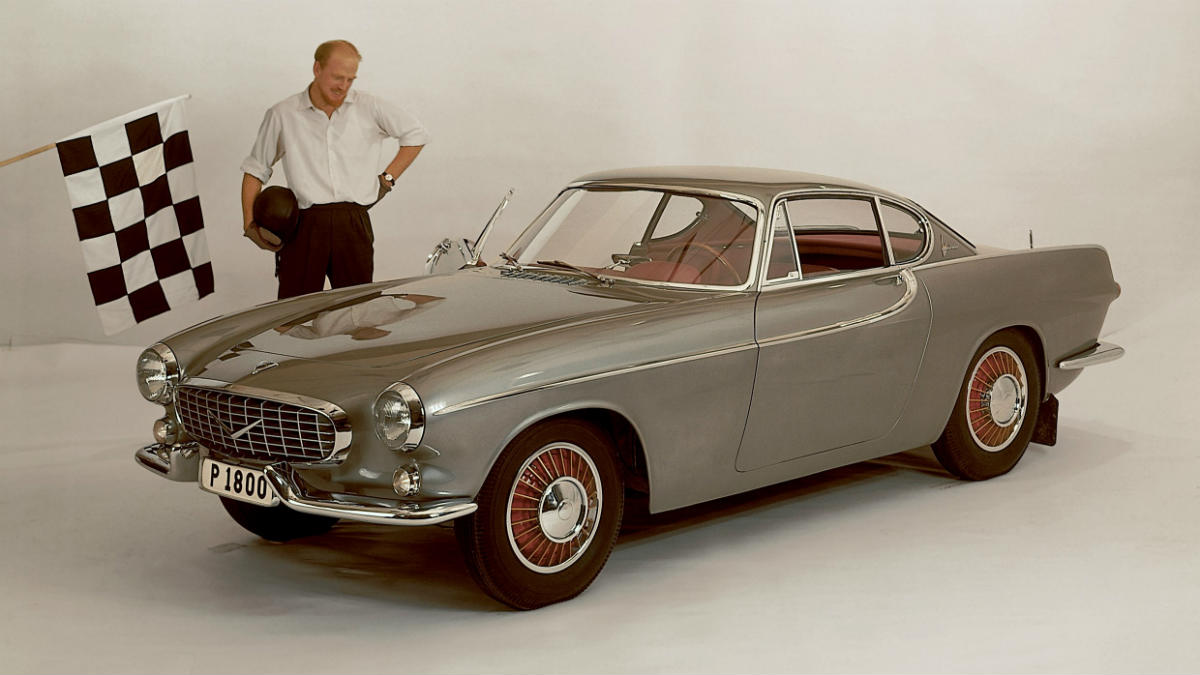
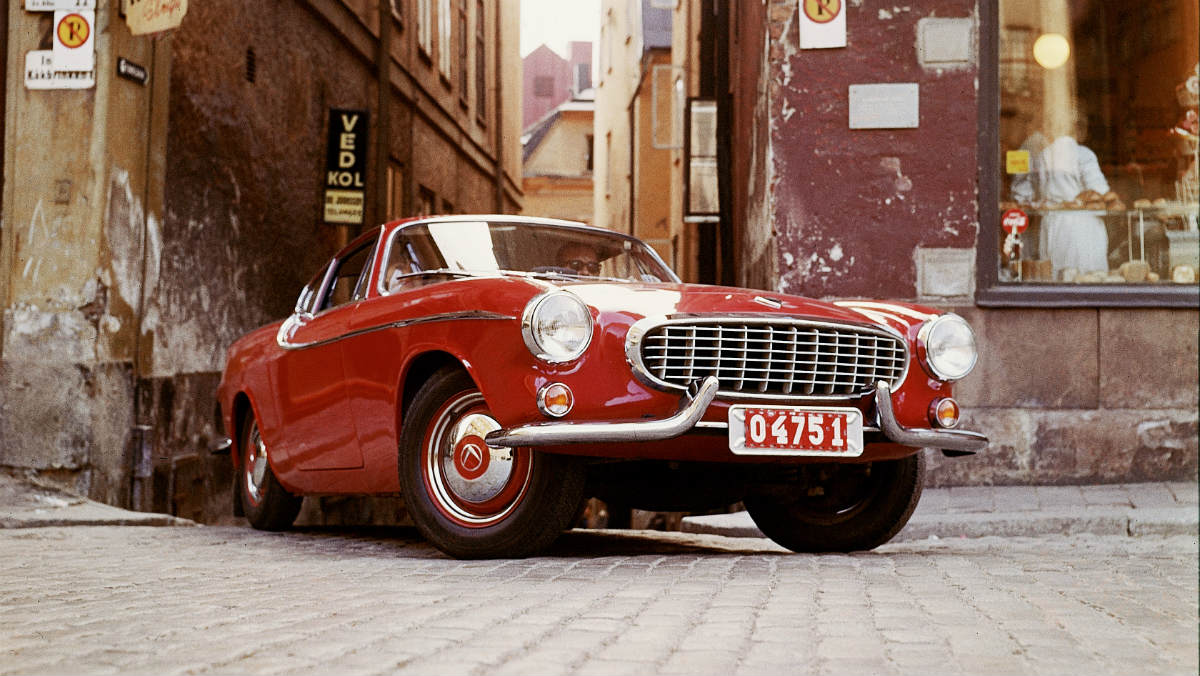
VW Corrado
The Corrado is a compact four-passenger (2+2), three-door, front-engine, front-wheel-drive liftback coupe marketed by Volkswagen from 1988 to 1995, and manufactured by Karmann in Osnabrück, Germany. Designed by Herbert Schäfer, the Corrado overlapped and eventually superseded Volkswagen’s Scirocco model. 97,521 Corrados were manufactured over the seven-year production run. The Corrado is simply one of the best cars VW ever produced and another of the greatest front-wheel-drive performance cars of all time. It is truly amazing that these cars struggled to sell and are now a rare sight, so prices are starting to climb. The VR6 is a quick car but don’t count out the G60 or the trusty 16v.




